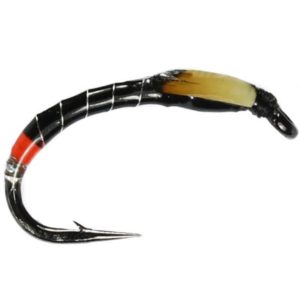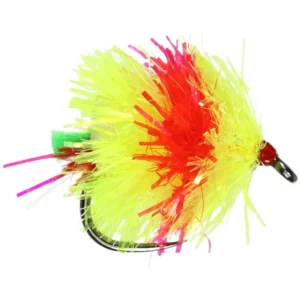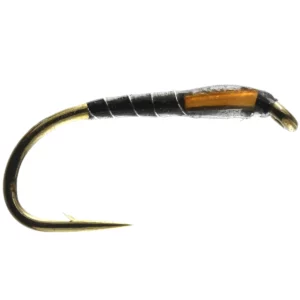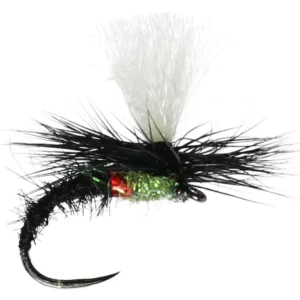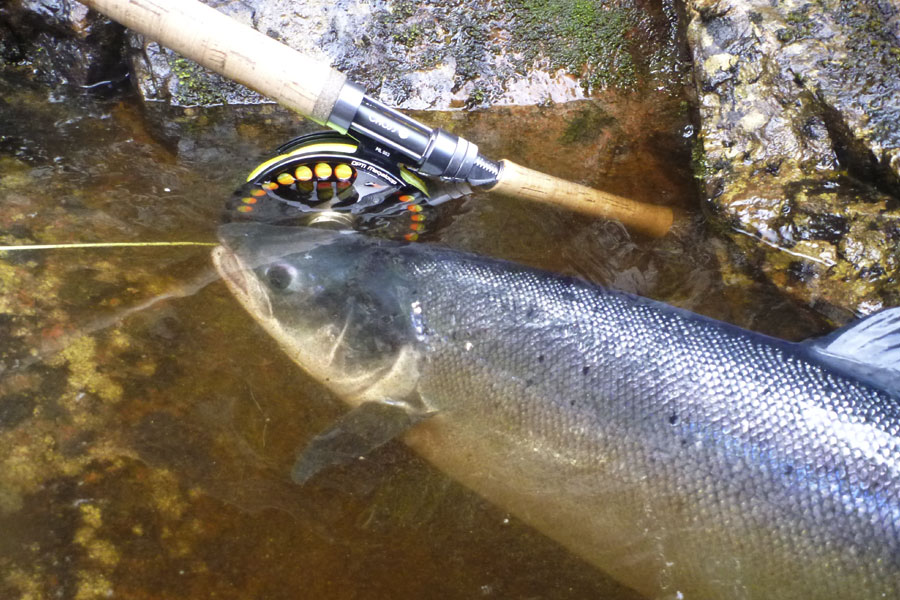Coming into February we are at the latter end of winter. Just like January, February can be a very challenging month. Rainbows are still very lethargic and the feeding windows seem to be narrower on the larger stillwaters so making the most of these opportunities are the key to success.
In regards to tactics, we would highly recommend implementing the same tactics that we recommend to use in January. If you’ve not had a chance to check out our article covering January’s tactics, you can check it out here.
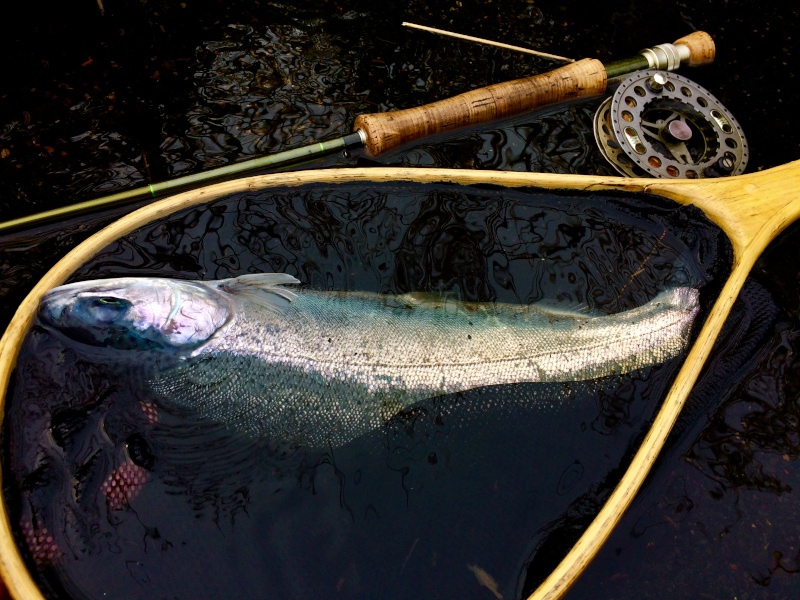
Even though we recommend trying January’s tactics initially, we have a couple of other options up our sleeve that we would like to share with you that are worth considering if all else fails.
Static Approach
With water temperatures still low, the rainbow trout’s metabolism slows down too. This is caused by the enzymes that digest the trout’s food slowing down, which reduces the feeding window during the colder months. In these instances, presenting a small profiled fly in front of their noses may just grasp their attention.
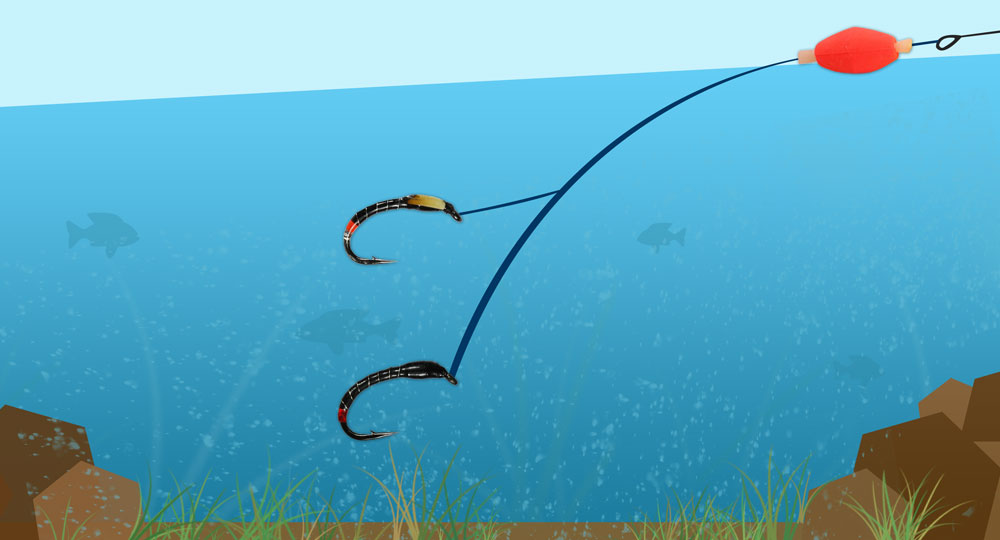
“Presenting your flies statically at the perfect depth could be the key to success on that given day.”
Opt for a bung or strike indicator! The beauty of fishing “the bung” is that it allows you to present your flies at a specific depth with an almost static presentation. The bung allows you to alter your fishing depth quickly and efficiently, allowing you to pinpoint the exact location in the water column that the trout are standing.
The sight indicator not only keeps your flies at a fixed depth but it also acts as a bite indicator.
Click here to view our full range of bungs and strike indicators!
Bung Retrieves
We don’t want to move the bung at all after the initial cast, allow it to work naturally over the surface of the water. You can leave the bung in an area as long as you want, 2 – 5 minutes is a good average time at this time of the year.
As we previously stated in our January article, fan cast around your swim so you cover the water in front of you effectively.
Top Tip: Once you have worked the area with the bung, try a slow figure of 8 retrieve all the way back to the bank to cover the water between you and the bung. You can also try and provoke a take, by either imparting a long pull on the fly line to sink the bunk temporarily or even a short snap pull. More often than not, trout can be sitting eyeing up your fly and this sudden movement can provoke a take.
Leader Material
A fluorocarbon leader of 6 – 8lb is perfect for implementing with this method. Keep your leader length between 10 to 12ft. When setting up your bung depth ensure the bung is 2 – 3 feet away from your braided loop. Doing this will help your flies turnover more easily and it will also help aid bite detection as the bung is located closer to the flies.
Recommended Flies
There is very little feeding in the water at this time of the year but a mild February might see some small hatches occur, these are predominantly small and black in size. Whatever the temperature is, opt for two small subtle black buzzers in a size 12 or 14. These will imitate any possible hatches at this time of the year and also provide a small light snack that may encourage lethargic trout to take.
- HOLO SILVER JC EPOXY BUZZER
- TAZER BUZZER
Top tip: Opt for curved hooked buzzers when fishing the bung fishing method. The curved hook helps increase hook up ratio.
Click here to view our full range of buzzers!
Washing Line Method
The washing line is another technique worth implementing, it allows you to fish your flies slowly whilst offering an attractive point fly accompanied by two subtle buzzers/nymphs above it.
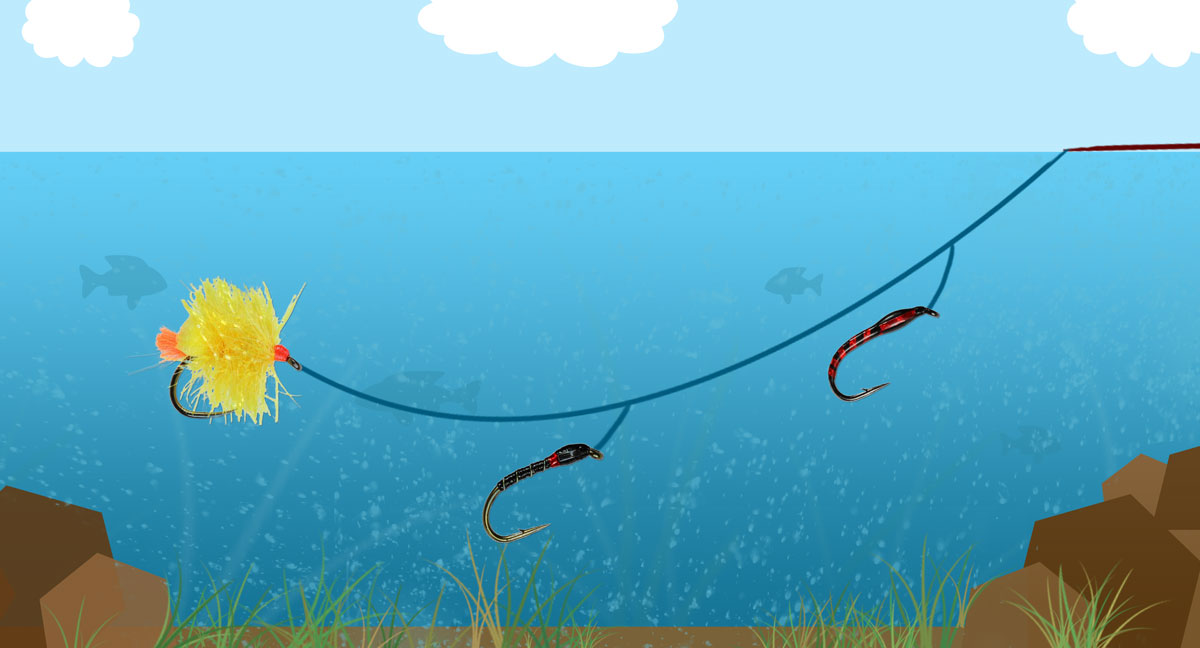
This very versatile method allows you to cover an array of depths with a variety of fly patterns.
We recommend using a 3ft or 6ft midge tip/sink tip fly line with this setup as it will allow you to target the first few feet of the water column. This method can come into its own when fished in shallower water at midday when the water temperature is at its highest.
Leader Material
We recommend fishing with a 12 – 14ft 7-8lb breaking strain fluorocarbon leader material. We recommend fluorocarbon because of its denser properties, unlike copolymer or monofilament, fluorocarbon sinks a lot quicker. This can be beneficial when targeting deeper water and helps improve the presentation of the washing line method.
Recommended Flies
Stick with a highly visible point fly like a FAB. This is the perfect attractor fly, a brightly coloured pattern can stand out on those low light level winter days. Fish two subtle buzzers above this. Like we mentioned earlier, if there are any hatches in February, they will be small and black in nature.
- Rockt FAB
- Chatton Buzzer
- Jacobs Biscuit Buzzer
Dry Fly
Yes, you’ve read that right! Sometimes, we need to think outside the box and in some cases, mild winters can see trout porpoising. In these scenarios, we want to cover these fish and try to encourage a take, even if the method is quite unorthodox for the time of year.
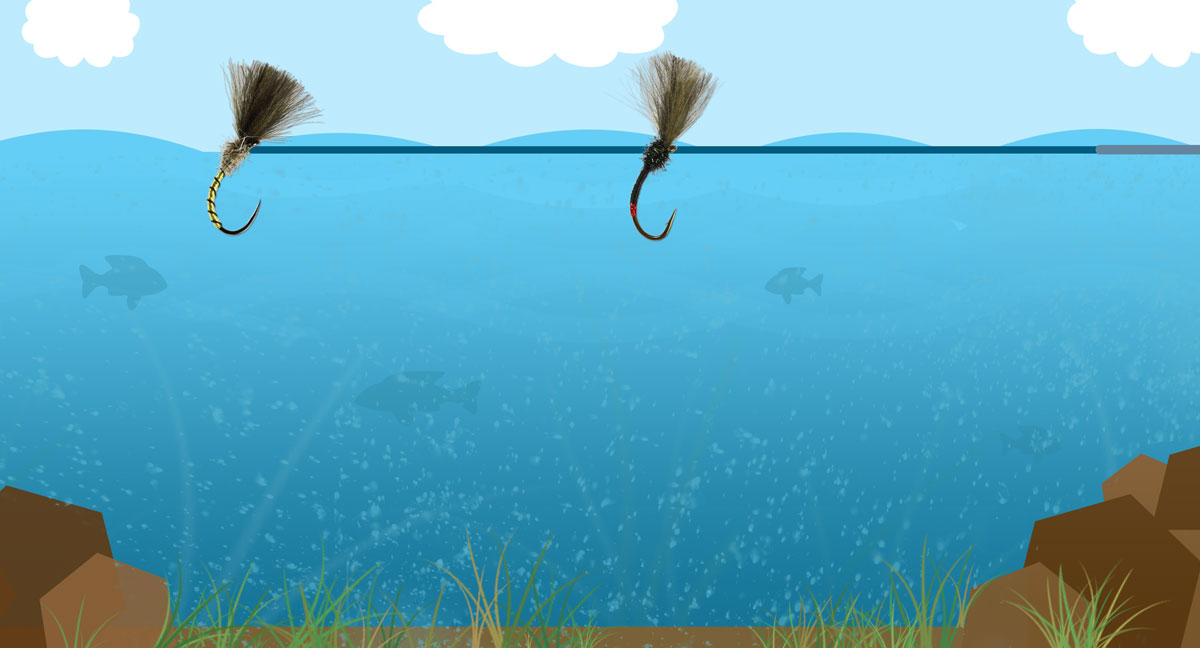
Dry Fly Retrieves
Like any dry fly presentation, a small figure of 8 retrieve is required to ensure you stay in touch with your flies.
Leader Material
Opt for a lighter breaking strain of leader since you will be using smaller dry flies. This will help aid overall presentation. A 5lb or 6lb copolymer leader is ideal. The lighter breaking strain will assist in fly presentation and reduce the chances of spooking fish on calmer days.
Recommended Flies
In terms of fly choice, we recommend a couple of CDC variants. These keep align with the smaller buzzer imitations and the CDC is the perfect representation of a small emerging buzzer ready to break through the water film.
- F Wing Hares Ear
- Fluo Midge Kink
Conclusion
February’s tactics are very similar to January’s, however, this article will hopefully allow you to think outside the box during those challenging winter sessions. If you find that larger profile flies are not producing, you can always opt for a more finesse approach and scale down your fly selection, whilst introducing a more imitative approach.


